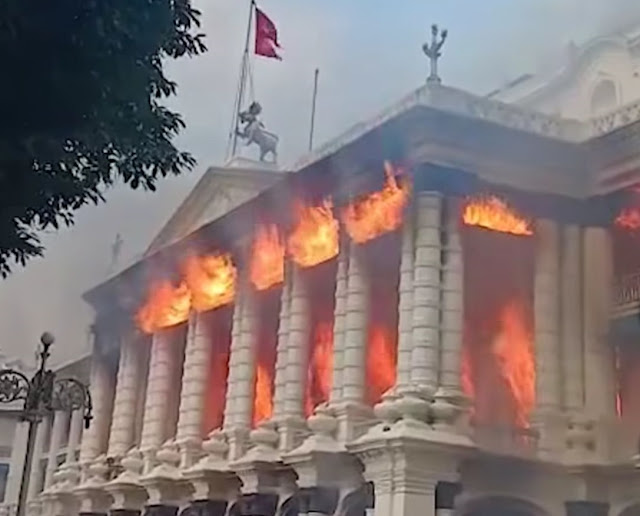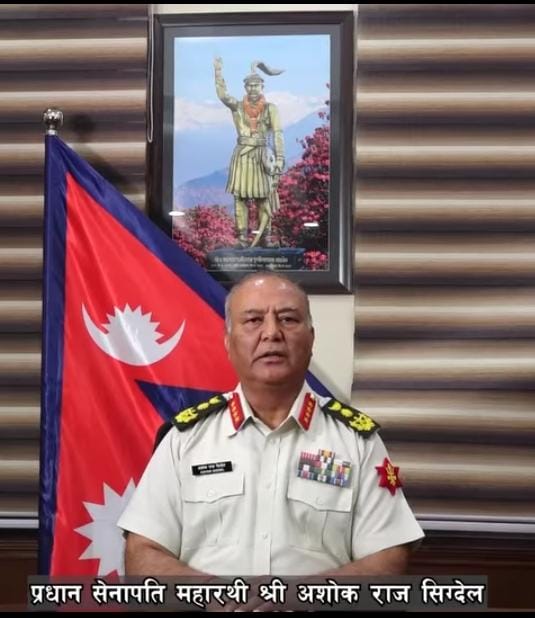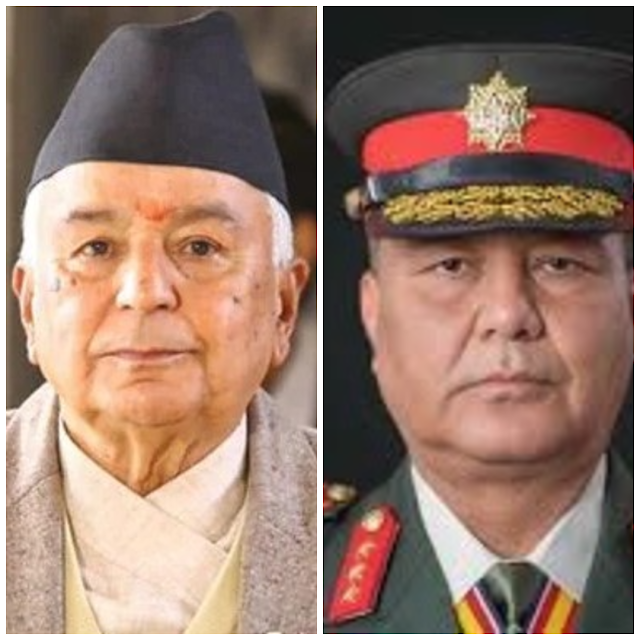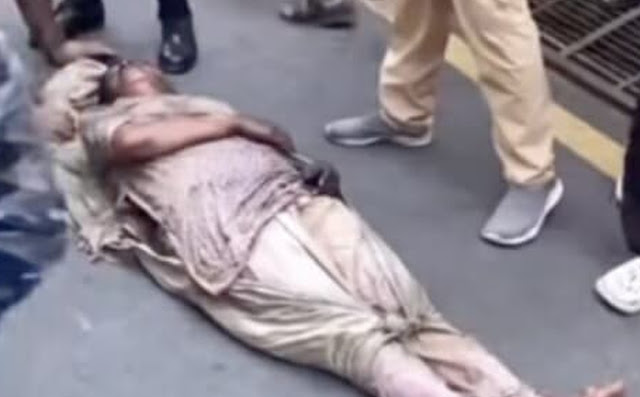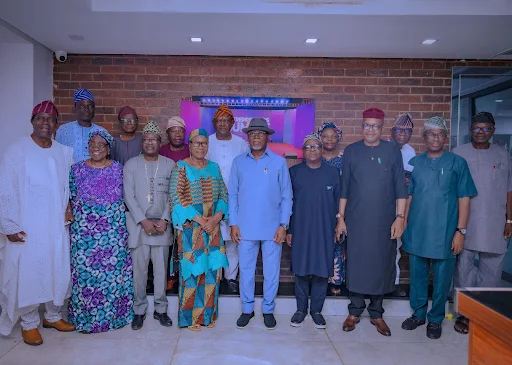According to DIG Om Rana of the Kathmandu Valley Police Office, the slain officers were stationed at Koteshwor when protesters set fire to their post and dragged them into the streets despite their surrender. Eyewitnesses described the killings as “barbaric,” with the officers beaten to death by the mob. The Nepal Police Headquarters in Naxal condemned the attack, highlighting the severe deterioration of law and order. Additional damage has been reported at police offices in Maharajgunj and Kalimati, though casualties there remain unconfirmed.
Amid this violence, Gen Z activists, who spearheaded the anti-corruption protests, declared that their movement has ushered in a new era of change. In public statements, youth groups asserted that Balen Shah should lead the country, positioning him as their preferred prime ministerial candidate. While Shah himself has not explicitly declared any bid for the post, his growing popularity and reputation as a leader unaligned with Nepal’s traditional political establishment have made him the face of the generational uprising.
Shah, 35, a rapper-turned-engineer-turned-politician, appealed for calm through a Facebook post on Tuesday, urging protesters to halt further violence. “Please remain calm. The loss of national resources is our collective loss,” he wrote. “It is now necessary for all of us to show restraint. From here onwards, it is your generation that must lead the country.”
Earlier, Shah had voiced support for the protests, calling them a spontaneous movement of Gen Z, but refrained from joining due to age restrictions. His unconventional rise from hip-hop artist to mayor has captivated not just Nepal but also the international press, earning him a spot in Time magazine’s “Top 100 Personalities of 2023.” His popularity rests on his ability to challenge entrenched elites while speaking the language of Nepal’s youth, many of whom are disillusioned by corruption and censorship.
The protests escalated dramatically this week, with demonstrators setting ablaze Singha Durbar—the government complex housing the Prime Minister’s Office and 25 ministries—as well as the Federal Parliament, the Supreme Court, and several other state institutions. Private businesses, hotels, and political leaders’ homes have also been attacked, underscoring the movement’s intensity and volatility.
Journalist Yashoda Adhikari of PBS Radio Nepal recounted her harrowing experience of being trapped as fires spread near her station, located opposite the Prime Minister’s office. “There was fire everywhere, it was dangerous. Our office is just opposite the Prime Minister’s office, so the situation was extremely bad. I will never forget this night,” she told CNN-News18 after being rescued by the Nepalese Army.
The violence has prompted urgent appeals for peace from both Nepal’s Army and international stakeholders. The Nepal Army, which has now taken charge of security in many parts of the capital, issued a nationwide call for restraint, reminding citizens that preserving national unity and social harmony is a collective duty. India, too, has expressed grave concern. Prime Minister Narendra Modi, condemning the violence and loss of life, stressed the importance of Nepal’s “stability, peace, and prosperity” and urged all citizens to avoid further bloodshed. The Indian Ministry of External Affairs has issued a travel advisory, asking its citizens to defer non-essential travel to Nepal and remain indoors if already present in the country.
With Oli’s resignation and no interim government in place, Nepal faces deep uncertainty. The Gen Z movement is pushing for Shah’s leadership, seeing in him a symbol of reform and generational change. However, the scale of violence, including the killing of police officers and widespread destruction, raises pressing questions about how the nation will balance youthful aspirations for a new political order with the urgent need for stability and law enforcement.
As Nepal stands at this crossroads, the international community—especially regional powers India and China—are closely monitoring developments in the Himalayan nation, aware of its fragile political climate and strategic importance.



